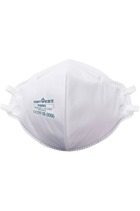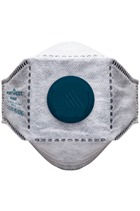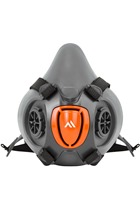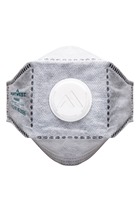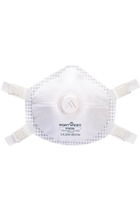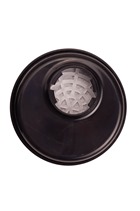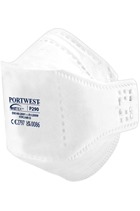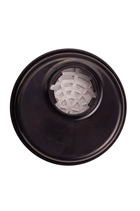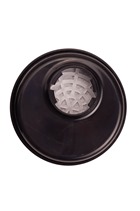What is respiratory protection?
Respiratory protective equipment (RPE) is used in certain workplaces to protect the wearer from various health hazards.
What is a respirator?
Respirators are filtering devices that protect workers against environments where there is insufficient oxygen and/or high levels of harmful dusts, gases and sprays. This respiratory protection equipment uses filters to remove contaminants in the air, either using a motor to pass air through the filter (powered respirators) or by relying on the wearer’s breathing to draw air through the filter (non-powered respirators).
What is a half mask?
Half masks are a type of non-powered respirator that rely on the wearer’s breathing to pull air through a filter. They’re classed as tight-fitting facepieces and cover the mouth, noise and chin.
Why is RPE important?
The law requires employers to protect employees from hazardous substances at work, including providing them with proper respiratory protection equipment. Various work environments, such as confined spaces, can emit dangerous substances such as dust and gas that can cause damage to your lungs and other body parts if you aren’t wearing a suitable PPE repirator. It is the duty of the employer to provide employees with sufficient RPE if the work environment calls for it.

